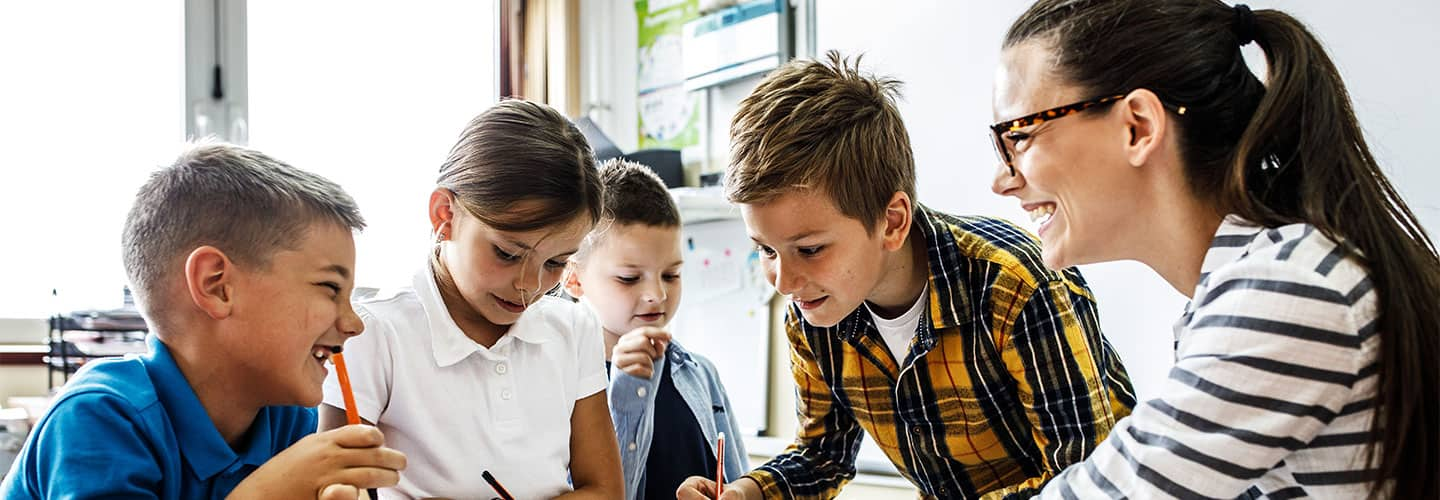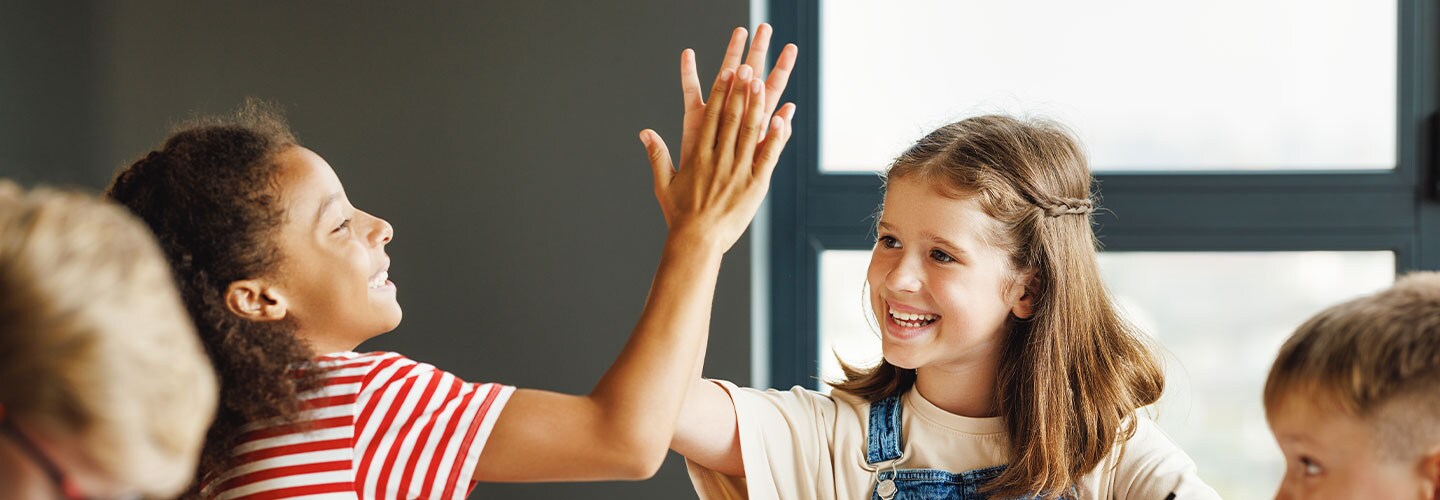
- Young learners
3 opportunities for using mediation with young learners
Mediation in the CEFR
The addition of ‘can do’ descriptors for mediation in the CEFR Companion Volume is certainly generating a lot of discussion. The CEFR levels A1 to C2 are a reference point to organise learning, teaching and assessment, and they are used in primary and secondary programs worldwide. Teachers of young learners aligning their courses to the CEFR may wonder if they should therefore be ‘teaching’ mediation as a standard to follow. Is this really the case? And what might ‘teaching’ mediation mean?
This short answer is that this is not the case – the CEFR is a reference work, not a curriculum. So the ‘can do’ statements for each level are an optional resource to use selectively as we see fit. This is particularly true for young learners, where ‘can do’ statements may be selected, adapted and simplified in a way that is accessible and meaningful to them. This approach is demonstrated in the many European Language Portfolios (ELPs) for young learners that were validated by the Council of Europe following the launch of the CEFR and ELP.
So let’s recap what is meant by mediation in the CEFR. The new scales deal with three main areas:
- Mediating a text: taking things you have understood and communicating them in your own words to help others understand.
- Mediating concepts: collaborating with others to talk through ideas and solutions and reach new conclusions.
- Mediating communication: supporting the acceptance of different cultural viewpoints.
Focusing on mediation with young learners
Mediation activities may involve aspects of cognitive demand, general social competencies and literacy development that are too challenging for a given target age group or level. These factors need to be carefully considered when designing tasks. However, with the proper guidance it is possible that young learners can engage in mediation activities in a simple way appropriate to age, ability and context. The Council of Europe has published documents providing expert judgments of the potential relevance of the new descriptors to age groups 7 to 10 and 11 to 15.
Opportunities for mediation in the young learner classroom
It’s fair to say that opportunities for mediation activities already regularly occur in the communicative young learner classroom. These can be identified and enhanced if we want to develop this area.
1. Collaboration
Many young learner courses adopt an enquiry-based learning approach, guiding learners to collaborate on tasks and reach conclusions through creative thinking. The CEFR provides ‘can do’ statements for collaborating in a group starting at A1:
- Can invite others’ contributions to very simple tasks using short, simple phrases.
- Can indicate that he/she understands and ask whether others understand.
- Can express an idea with very simple words and ask what others think.
Young learners at this level can build a basic repertoire of simple ‘collaborative behaviors’ with keywords and phrases connected to visual prompts e.g. posters. A routine can be set up before pair and share tasks to practice short phrases for asking what someone thinks, showing understanding, or saying you don’t understand. This can also include paralanguage, modeled by the teacher, for showing interest and offering someone else the turn to speak.
It is important for young learners to be clear about what is expected of them and what will happen next, so such routines can effectively scaffold collaborative enquiry-based learning tasks.
2. Communication
‘Can do’ statements for mediating communication, such as facilitating pluricultural space, can orient objectives for learners themselves to foster understanding between different cultures. Again young learners can develop their behaviors for welcoming, listening and indicating understanding with the help of visual prompts, stories and role-model characters.
3. Discussion of texts
Young learners also spend a lot of time mediating texts because they enjoy talking about stories they have listened to, watched or read. Although there is only one statement for expressing a personal response to creative texts at A1: ‘Can use simple words and phrases to say how a work made him/her feel’, this can inspire a more conscious focus on classroom phases to talk about responses to texts and stories, and equipping learners with keywords and phrases to express their reactions. In this way, as they progress towards A2 young learners can develop the confidence to talk about different aspects of the story in their own words, such as characters and their feelings.
Moving forward
Clearly, it is not obligatory to focus on mediation activities with young learners – but the ‘can do’ statements are an interesting area to consider and reflect upon. There are some obvious parallels between mediation activities and 21st century skills or soft communication skills, and the CEFR ‘can do’ statements can help formulate manageable communicative learning objectives in this area. This, in turn, can inspire and orient classroom routines and tasks which prepare learners to be active communicators and social agents in the target language, developing their confidence to engage in mediation tasks as a feature of their lifelong learning pathways.
